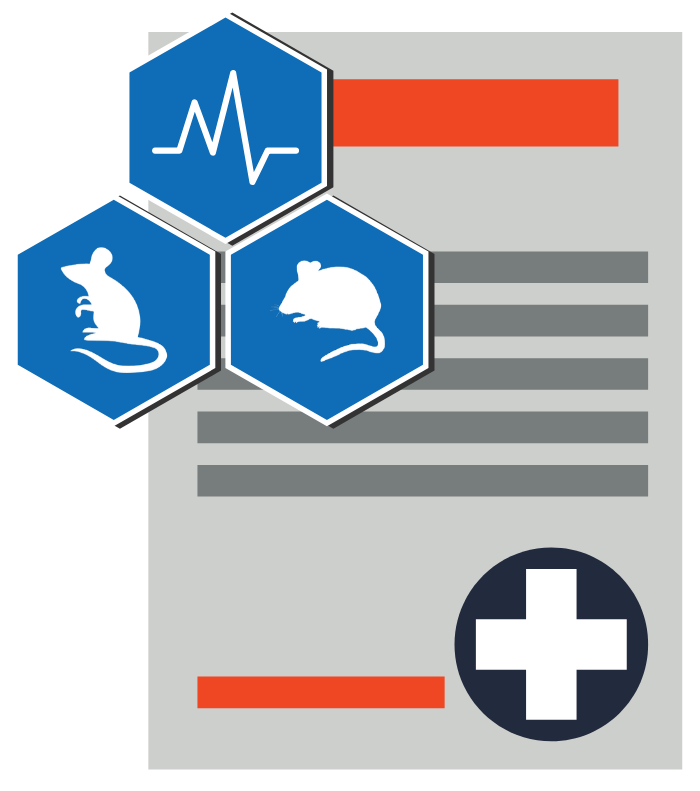You are here
- Home
- Announcements
- Avoiding Common Mistakes When Completing Surgical Records for Mice (Mus) and Rats (Rattus)
Avoiding Common Mistakes When Completing Surgical Records for Mice (Mus) and Rats (Rattus)

The Guide for the Care and Use of Laboratory Animals states that medical records are critical for documenting animal well-being; this includes a history of surgical procedures and post-operative care. The U-M Animal Care & Use (ACU) Program requires a peri-operative record for each rodent cage that contains post-operative animals.
To simplify recordkeeping requirements, fillable PDF templates are provided in both notebook and cage card sizes. ![]()
Peri-Operative Record
Complete a peri-operative record for all recovery surgeries and avoid common mistakes by:
- Using one of the ACU Program suggested forms (see links above);
- Accurately completing each field of the form;
- Verifying that the analgesia and anesthesia dose, route, and frequency are in accordance with the IACUC protocol; and
- Ensuring pair or group-housed animals are marked by a unique and identifiable ID
(e.g., ear tag number, tattoo, tail marking).
Post-Operative Period
Complete the post-operative portion of the form while monitoring animals for at least seven consecutive days following surgery and avoid common mistakes by:
- Recording observation codes, initialing the day of observation, and never completing fields in advance;
- Using the assigned, unique ID to record observations in a way that allows for any individual animal observations to be clearly identified;
- Verifying that post-operative analgesia is provided in accordance with the IACUC protocol;
- Recording that the animal is not showing signs of pain before discontinuing analgesics;
- Contacting your veterinarian if the incision site is abnormal or the animal becomes lethargic (or shows other signs of poor health); and
- Recording euthanasia or death of an animal if it occurs before the required seven-day post-operative monitoring period is complete.
Records must be maintained near the animal until the seven-day monitoring period is completed and the sutures/clips are removed, or the animal is euthanized.
Place a copy of the completed records in the ULAM provided drop-box located in the animal housing room. All animal work must be done in accordance with an IACUC approved protocol or under the guidance of a ULAM Veterinarian.
Questions or Concerns?
Contact ulam-vets@umich.edu with any questions or concerns related to the completion of surgical records.
![]() Links marked with a lock icon can only be accessed using valid Level-1 U-M login credentials.
Links marked with a lock icon can only be accessed using valid Level-1 U-M login credentials.